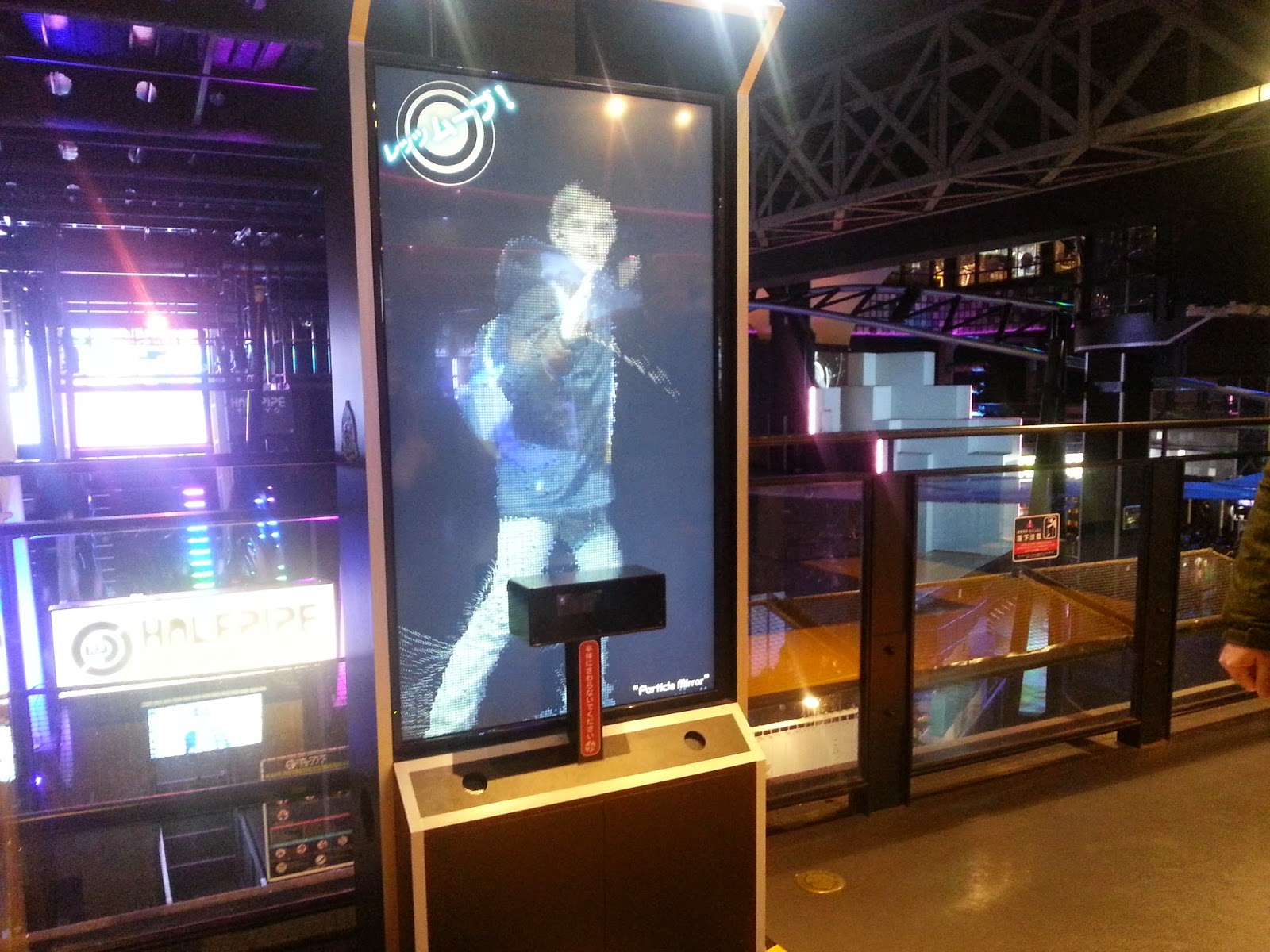But we did get to appear in some manga art.
I'm going to split this account of our Japan holiday into two, and post my favourite part, our visit to the snow monkeys, next week.
Flying to Japan from Taipei is super easy and not very expensive, even at Chinese New Year. A few airlines fly from Songshan Airport in the city centre, so it's very convenient. We caught a direct flight to Tokyo, which takes about three and a half hours. While we were in Japan we visited Nagano, Kyoto and Osaka, before returning to Tokyo to fly home.
We managed to do all this in eight days with the help of the wonderful shinkansen, or bullet trains. We bought Japan Rail Passes, which you must order at least a week or so before you leave because they're only available outside of Japan. Then when you arrive you must get them converted to proper rail cards. This takes ten minutes or so, and involves both parties filling out forms. Japan Rail Passes cover many, but not all, bullet trains, and some other rail lines, such as the line between Kyoto and Osaka. Adding up the cost of all the journeys we took, the rail passes were definitely the cheaper option.
Our first day was spent at Joypolis, an indoor amusement park. A whole day of noisy fun for an eleven year old.
My husband and son are big anime and manga fans, so the next day they were in their element wandering the streets of the Akihabara District. My husband was pretty skillful at steering my son away from the more adult manga merchandise. I was quite impressed. (With my husband's steering, not the merchandise. I'm sure it is impressive. I just didn't have a close look!)
Random observations I made while hubby and son were engrossed in their hobby was that lots of Japanese eat alone, and many man pluck their eyebrows. (I had noticed this in Okinawa so I was on the look out for more evidence.)
Soon, we were leaving Tokyo behind and flying along on train tracks to our overnight stay at a ryokan in Nagano. This is a traditional Japanese guest house, with mat flooring and roll out beds.
The guesthouse also supplied traditional Japanese robes for the obligatory dressing up session.
A traditional Nagano breakfast was served. My son was very suspicious of this.
But I liked it.
After visiting the snow monkeys (next week's post), we caught two trains to Kyoto. Holiday time was running short now. We had a day in Osaka, where we managed to squeeze in a visit to a graveyard, a temple and the science museum.

Our final day before heading back to Tokyo and flying home, was spent in Kyoto. Kyoto is temple city, and we didn't see a single one! The shame. Instead, we went up Kyoto tower to look at the view, and visited the Manga Museum, where an artist drew the portrait at the beginning of this post. Do I even have to ask which was the better option?
Next week - snow monkeys!







































